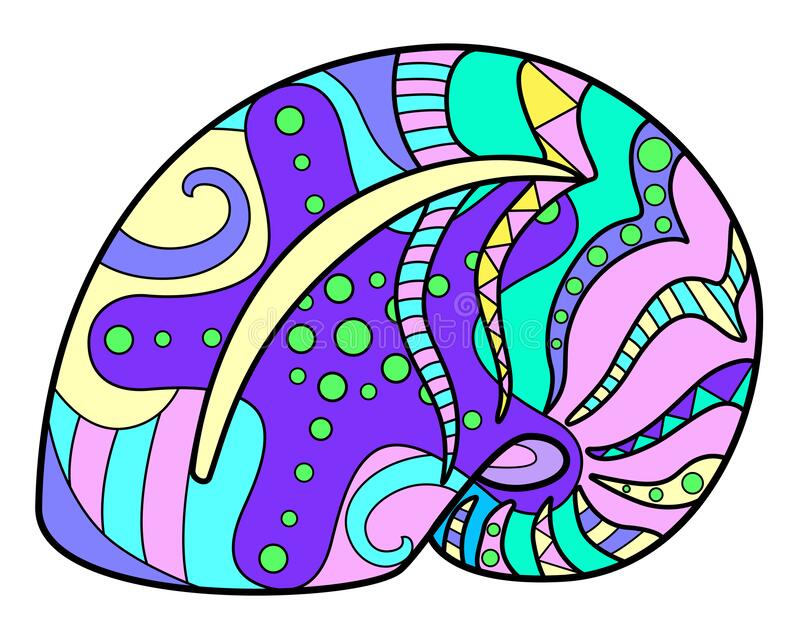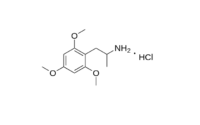TMA-6 User report

Dosage: 25 – 50 mg.
Duration: 12 – 16 h.
(with 25 mg) I was outside at the California-Washington State football game, which was completely nutty. As was I. With the crowd activity, it was impossible to separate the drug’s action from the environment. Later I simply sat in the car, and tried to define what the effects really were. Things were completely benign, there was ease with concepts, and writing was good and smooth. At twelve hours, comfortably down. Maybe a plus two.
(with 35 mg) My body was tingling all over, and there were times when walking was unsteady. Thinking was a little difficult, as I was quite intoxicated most of the day (all of the day, now that I think that over). To accomplish anything, such as toasting the toast in the toaster, was difficult. And things were so funny most of the time. Setting the table for supper, six hours later, proved to be hilarious. I like to think of the day as a mixture of the mad hatter’s tea party, and a trip to the moon. We were all still intoxicated at bedtime, whatever time that was. Had difficult time sleeping. If I were to repeat, would go lighter in dosage, I feel.
(with 40 mg) This experiment was begun at noon of a cool rainy day. Almost all of the day had to be spent indoors, without benefit of sunshine, This is worth mentioning because there was, for the first eight hours of the experiment, a decided feeling of inner chill which might not have occurred so strongly had it been a warm day. Most, if not all, of the other eight subjects also reported the same chill. There was some visual sparkle which persisted throughout. At the two hour point a minor but persistent stomach queasiness came on, preceded by a diarrhea-like bowel movement. There was no impairment of speech, but there was some halting quality to all thought processes. It was easy to talk about personal matters, but there did not seem to be a significant insight increase. Appetite for food was lessened. Sleep was decidedly difficult after the effects of the material seemed otherwise gone.

(with 40 mg) As the experience grows in intensity for the first four hours, I feel a strange mixture of plateaus, exuberance, and strong negative feelings, all replacing each other. I found myself inside a stout, hemispherical shell, curled up in the solid part, thoroughly walled off but absolute master within the shell, calling all shots, making all decisions, in complete control. Moving beyond the half-shell meant becoming vulnerable, which I refused to do. Consequently my difficulty in hearing what other people say, becoming involved in their perceptions and lives. I keep relationships shallow, pull away inside my shell rather than become involved. I like to be by myself. This was a great revelation; I had never seen it before. This material had an enormous drive. I feel extremely grateful for exposing a very deep personal problem.
(with 50 mg) My previous try at this level produced a record that said, ‘alteration of consciousness, but no visual, no anything,’ and oh my, surprise! It was very, very active, visual, colorful, etc., etc. Good talking, clear and steady control of body, despite intense energy flow. Extremely funny-great humor, wonderful laughter.
Extensions and commentary
Here is a simple and easily made compound that might well bid fair to be one of the most rewarding and pleasurable of the methoxylated amphetamines. It is fully as potent as its counterpart, TMA-2. This latter compound, with its 2,4,5-trisubstitution pattern, has served as a template from which an immense family of very active and fascinating drugs have arisen. The 2,5-dimethoxy aspect has been kept intact, and modifications in the 4-position have given rise to treasures such as DOM, DOB, DOET, DOI, and the Aleph compounds. And, of course, the entire world of the 2C-X’s has exploited this same orientation.
Here, there is the blatant, parallel call from TMA-6. It can serve, as the 2,4,6-counterpart, as a similar template compound. And the first indicators are that, in keeping the 2,6-dimethoxy aspect intact, a completely analogous series could be made, again with modifications of the 4-position. These have been named the psu-series, or psi-series, as an abbreviation for the prefix, pseudo, and can be differentiated from the 2,4,5-things with the use of the Greek letter “Psi”. Thus there is the psi-DOM (called Z-7 in this book, and certainly an active compound), and psi-DOB, psi-DOET, psi-DOI, and the psi-ALEPH compounds. And, of course, the psi-2C-X counterparts. I would expect all of them to be active and, certainly, some of them interesting. They will be considerably more difficult to synthesize. However, some of them, specifically things such as psi-2C-T-4, have already been prepared, and are being evaluated.
One of the guiding premises of this Book II was to make all recipes employ commercially available materials as starting materials. And in the case of TMA-6, the required benzaldehyde (2,4,6-trimethoxybenzaldehyde) is an easily obtained trade item from any of several supply houses. Why not start the recipe there? Why tell how to make it from 1,3,5-trimethoxybenzene (also presently available from commercial sources) and how to make the ether in turn, from phloroglucinol? This simply reflects a valid paranoia of our times. Today the aldehyde is available (at $2/g) and can be easily purchased. But tomorrow? What about in the year 2003? Who can tell what will, or will not, be easily available then? There might be a world-wide acknowledgment that the “war on drugs” is more destructive than any drug itself could ever be, and every law that had been written in the attempt to dictate human behavior will have been transformed into a force that truly educates and allows choice. This might really happen. But maybe, on the other hand, no fine chemicals may be permitted to be held in any hands, at any price, except for those of licensed chemists and in authorized laboratories.
But, it will be impossible to remove phloroglucinol from availability. It is available as a natural component in the free form, in sources as diverse as the cones of the Sequoia sempervirens (the coast redwood tree) and species of Camillia (that provides the leaves of our morning tea). And combined with a molecule of glucose in the form of its glucoside, it is called phlorin, and it is present in the discarded rinds of almost all citrus fruits as well as the resins from many of the Eucalyptus species. And one step yet further back into nature, there is a dihydrochalcone glucoside called phloridzin which practically drips out of all parts of the apple and pear trees except for the apple or pear itself. It, on base hydrolysis, gives phlorin, which on acid hydrolysis gives phloroglucinol, which when dissolved in methanol and sulfuric acid gives Q. Nature is indeed most bountiful.
The phenethylamine homologue of TMA-6 is well known, but is virtually unexplored pharmacologically. The above benzaldehyde with nitromethane in glacial acetic acid containing ammonium acetate gave the appropriate beta-nitrostyrene as yellow crystals with a m.p. 177-177.5 °C. This, with LAH in ether, gave 2,4,6-trimethoxyphenethylamine (2,4,6-TMPEA, or 2C-TMA-6) as the picrate salt (m.p. 204-205 °C) or the hydrochloride salt (m.p. 234-235 °C). It has been shown not to be a substrate to the soluble amine oxidase from rabbit liver, a property it shares with mescaline, but whether it is or is not active in man is at present unknown.


